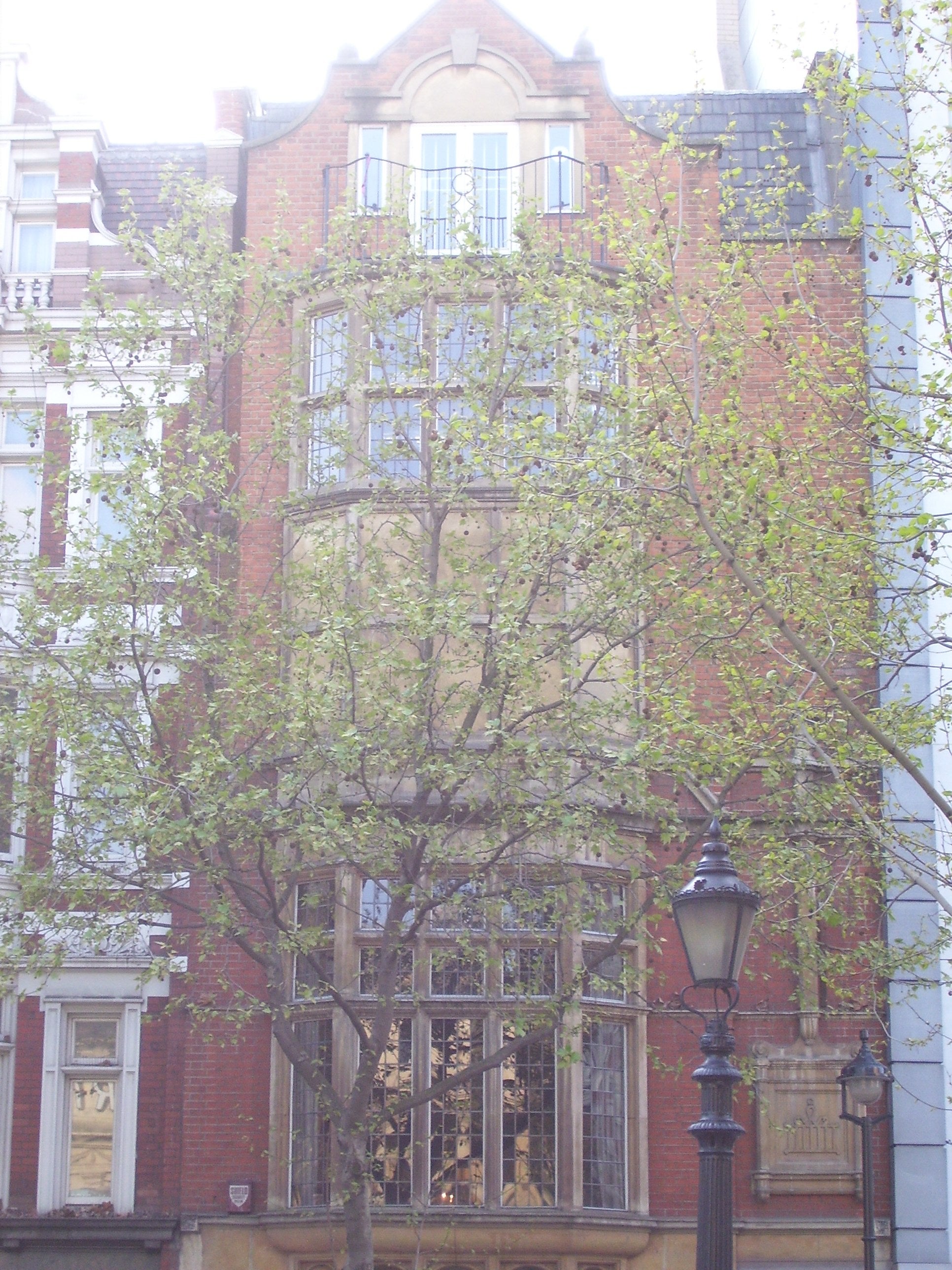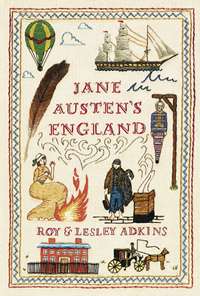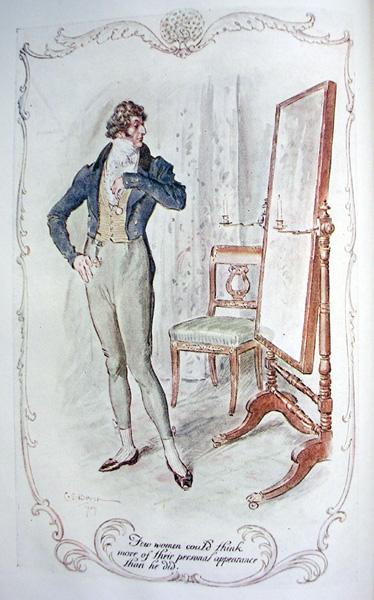The Beefsteak Club
The Beefsteak Club is the name or nickname of several 18th and 19th-century male dining clubs that celebrated the beefsteak as a symbol of patriotic and often Whig (liberal) concepts of liberty and prosperity.  The first beefsteak club was founded about 1705 in London by the actor Richard Estcourt and others in the arts and politics. This club flourished for less than a decade. The Sublime Society of Beef Steaks was established in 1735 by another performer, John Rich, at the Theatre Royal, Covent Garden, where he was then manager, and George Lambert, his scenic artist, with two dozen members of the theatre and arts community (Samuel Johnson joined in 1780). The society became much celebrated, and new members included royalty, statesmen and great soldiers: in 1785, the Prince of Wales joined.
The first beefsteak club was founded about 1705 in London by the actor Richard Estcourt and others in the arts and politics. This club flourished for less than a decade. The Sublime Society of Beef Steaks was established in 1735 by another performer, John Rich, at the Theatre Royal, Covent Garden, where he was then manager, and George Lambert, his scenic artist, with two dozen members of the theatre and arts community (Samuel Johnson joined in 1780). The society became much celebrated, and new members included royalty, statesmen and great soldiers: in 1785, the Prince of Wales joined.
 At the weekly meetings, the members wore a blue coat and buff waistcoat with brass buttons bearing a gridiron motif and the words "Beef and liberty". The steaks and baked potatoes were accompanied by port or porter. After dinner, the evening was given up to noisy revelry. The club met almost continuously until 1867. Sir Henry Irving continued its tradition in the late nineteenth century. The first known beefsteak club (the Beef-Stake Club, Beef-Steak Clubb or Honourable Beef-Steak Club) seems to have been that founded in about 1705 in London. It was started by some seceders from the Whiggish Kit-Cat Club, "desirous of proving substantial beef was as prolific a food for an English wit as pies and custards for a Kit-cat beau." The actor Richard Estcourt was its "providore" or president and its most popular member. William Chetwood in A General History of the Stage is the much quoted source that the "chief Wits and great men of the nation" were members of this club. This was the first beefsteak club known to have used a gridiron as its badge. In 1708, Dr. William King dedicated his poem "Art of Cookery" to "the Honourable Beef Steak Club". His poem includes the couplet:
At the weekly meetings, the members wore a blue coat and buff waistcoat with brass buttons bearing a gridiron motif and the words "Beef and liberty". The steaks and baked potatoes were accompanied by port or porter. After dinner, the evening was given up to noisy revelry. The club met almost continuously until 1867. Sir Henry Irving continued its tradition in the late nineteenth century. The first known beefsteak club (the Beef-Stake Club, Beef-Steak Clubb or Honourable Beef-Steak Club) seems to have been that founded in about 1705 in London. It was started by some seceders from the Whiggish Kit-Cat Club, "desirous of proving substantial beef was as prolific a food for an English wit as pies and custards for a Kit-cat beau." The actor Richard Estcourt was its "providore" or president and its most popular member. William Chetwood in A General History of the Stage is the much quoted source that the "chief Wits and great men of the nation" were members of this club. This was the first beefsteak club known to have used a gridiron as its badge. In 1708, Dr. William King dedicated his poem "Art of Cookery" to "the Honourable Beef Steak Club". His poem includes the couplet:
He that of Honour, Wit and Mirth partakes, May be a fit Companion o'er Beef-steaks.
The club originally met at the Imperial Phiz public house in Old Jewry in the City of London, but finding that venue not private enough, it ceased to meet there, and by 1709 it was not known "whether they have healed the breach and returned into the Kit-Cat community [or] … remove from place to place to prevent discovery." Joseph Addison referred to the club in The Spectator in 1711 as still functioning. The historian Colin J. Horne suggests that the club may have come to an end with the death of Estcourt in 1712. There was also a "Rump-Steak or Liberty Club" (also called "The Patriots Club") of London, which was in existence in 1733–34, whose members were "eager in opposition to Sir Robert Walpole". 
The Sublime Society of Beef Steaks was established in 1735 by John Rich at the Theatre Royal, Covent Garden, of which he was then manager. One version of its origin has it that the Earl of Peterborough, supping one night with Rich in his private room, was so delighted with the steak Rich grilled him that he suggested a repetition of the meal the next week. Another version is that George Lambert, the scene-painter at the theatre, was often too busy to leave the theatre and "contented himself with a beefsteak broiled upon the fire in the painting-room." His visitors so enjoyed sharing this dish that they set up the Sublime Society. William and Robert Chambers, writing in 1869, favour the second version, noting that Peterborough was not one of the original members. A third version, favoured by the historian of the society, Walter Arnold, is that the society was formed out of the regular dinners shared at the theatre by Rich and Lambert, consisting of hot steak dressed by Rich, accompanied by "a bottle of old port from the tavern hard by." Whatever the details of its genesis, Rich and Lambert are listed as the first two of the society's twenty-four founding members. Women were not admitted. From the outset, the society strove to avoid the term "club", but the shorter "Beefsteak Club" was soon used by many as an informal alternative.  "Mr. Darcy's Favourite Beef-Steak
"Mr. Darcy's Favourite Beef-Steak
The early core of the society was made up of actors, artists, writers and musicians, among them William Hogarth (a founder-member), David Garrick (possibly), John Wilkes (elected 1754), Samuel Johnson (1780), and John Philip Kemble (1805). The society soon became much celebrated and these men of the arts were joined by noblemen, royalty, statesmen and great soldiers: in 1785, the Prince of Wales joined, and later his brothers the Dukes of Clarence and Sussex became members. Meetings were held every Saturday between November and June. All members were required to wear the society's uniform – a blue coat and buff waistcoat with brass buttons. The buttons bore a gridiron motif and the words "Beef and liberty". The steaks were served on hot pewter plates, with onions and baked potatoes, and were accompanied by port or porter. The only second course offered was toasted cheese. After dinner, the tablecloth was removed, the cook collected the money, and the rest of the evening was given up to noisy revelry.  The society met at Covent Garden until the fire of 1808, when it moved first to the Bedford Coffee House, and thence the following year to the Old Lyceum Theatre. On the burning of the Lyceum in 1830, "The Steaks" met again in the Bedford Coffee House until 1838, when the Lyceum reopened, and a large room there was allotted to the club. These meetings were held till the society ceased to exist in 1867. Its decline in its last twenty or so years was due to changing fashion: many of its members were no longer free on Saturdays, being either engaged in events in London's social season or else away from London at weekends, something much encouraged by the opening of railways. The customary time for dinner had also changed. The society moved its dinner time from 4.00 p.m. in 1808, to 6.00 p.m. in 1833 and to 7.00 p.m. in 1861, and finally to 8.00 p.m. in 1866, but the change inconvenienced the members who preferred the old timing and did not attract new members. Moreover, in Victorian England, its Georgian heartiness and ritual, and old-fashioned uniform, no longer appealed. By 1867 the society had only eighteen members, and the average attendance at dinners had dwindled to two. The club was wound up in 1867, and its assets were auctioned at Christie's, raising a little over £600. Thomas Sheridan founded a "Beefsteak Club" in Dublin at the Theatre Royal in 1749, and of this Peg Woffington was president.
The society met at Covent Garden until the fire of 1808, when it moved first to the Bedford Coffee House, and thence the following year to the Old Lyceum Theatre. On the burning of the Lyceum in 1830, "The Steaks" met again in the Bedford Coffee House until 1838, when the Lyceum reopened, and a large room there was allotted to the club. These meetings were held till the society ceased to exist in 1867. Its decline in its last twenty or so years was due to changing fashion: many of its members were no longer free on Saturdays, being either engaged in events in London's social season or else away from London at weekends, something much encouraged by the opening of railways. The customary time for dinner had also changed. The society moved its dinner time from 4.00 p.m. in 1808, to 6.00 p.m. in 1833 and to 7.00 p.m. in 1861, and finally to 8.00 p.m. in 1866, but the change inconvenienced the members who preferred the old timing and did not attract new members. Moreover, in Victorian England, its Georgian heartiness and ritual, and old-fashioned uniform, no longer appealed. By 1867 the society had only eighteen members, and the average attendance at dinners had dwindled to two. The club was wound up in 1867, and its assets were auctioned at Christie's, raising a little over £600. Thomas Sheridan founded a "Beefsteak Club" in Dublin at the Theatre Royal in 1749, and of this Peg Woffington was president.
According to William and Robert Chambers, writing in 1869, "it could hardly be called a club at all, seeing all expenses were defrayed by Manager Sheridan, who likewise invited the guests – generally peers and members of parliament. … Such weekly meetings were common to all theatres, it being a custom for the principal performers to dine together every Saturday and invite 'authors and other geniuses' to partake of their hospitality." The Liberty Beef Steak Club sought to show solidarity with the radical John Wilkes MP and met at Appleby's Tavern in Parliament Street, London for an unknown duration after Wilkes's return from exile in France in 1768. The Sublime Society of Beef Steaks was re-formed in 1966 and has met continually since then. Several nineteenth century members have lineal descendants among today's membership, who wear the original blue and buff uniform (of a Regency character) and buttons and adhere to the 1735 constitution whenever practicable.
This revival started to meet at the Irish Club, Eaton Square, in 1966, then at the Beefsteak Club, Irving Street, and today meets in a private room at the Boisdale Club and Restaurant in Belgravia/Victoria and, annually, at White's Club in St James’s, where it is able to dine at the early society's nineteenth century table and where it also keeps the early society's original "President’s Chair", which Queen Elizabeth II gave to the current society in 1969. Although other of the society's relics (such as the original Grid Iron, Sword of State, Halberts and early members' chairs, rings, glasses, documents, etc.) have passed down to members of the current society from ancestors in the original society, the current society "leaves such items in safety, keeping less fragile replicas and proxy items for its normal meetings in Central London".
Other early customs of the original society, such as the singing and composition of songs, are also encouraged by the current society. The Beefsteak Club that today has premises at 9 Irving Street, London, was established in 1876. When it was founded as a successor to the Sublime Society, its members hoped to rent the society's dining room at the Lyceum. As that room was not available, the club held its first meeting, on 11 March 1876, in rooms above the Folly Theatre in King William IV Street. Two features of the club were, and are, that all members and guests sit together at a single long table, and that by tradition the club steward and the waiters are all addressed as "Charles".
If you don't want to miss a beat when it comes to Jane Austen, make sure you are signed up to the Jane Austen newsletter for exclusive updates and discounts from our Online Gift Shop.



1 comment
Hi, I would love to know where this image of the Beef and Liberty medal came from? Where is the object kept, and do we know anything about its origin?
Lucy
Leave a comment
This site is protected by hCaptcha and the hCaptcha Privacy Policy and Terms of Service apply.